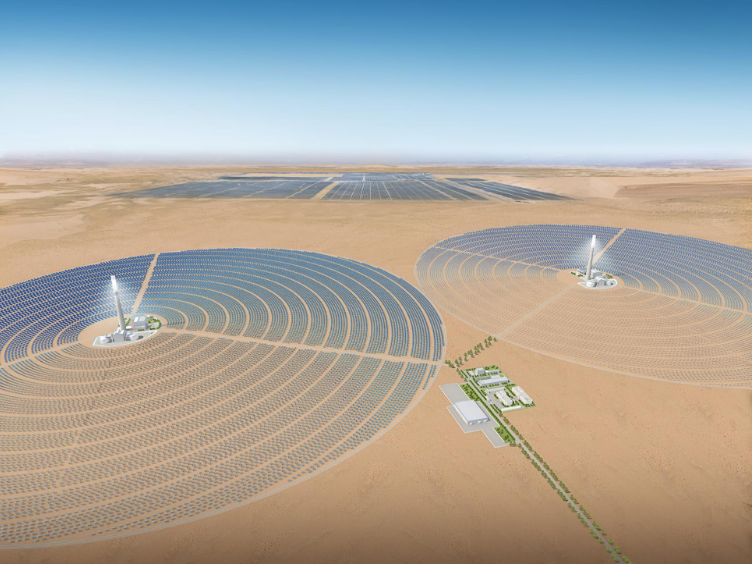On 25 November, the 2025 research project of the China Solar Thermal Alliance (CSTA) / Solar Thermal Power Committee of Chinese Renewable Energy Society — “Policy Study on the Large-Scale Development of Concentrated Solar Power (CSP)” — was officially launched. The kick-off meeting was chaired by Ms. Du Fengli, Secretary-General of both CSTA and Solar Thermal Power Committee. Participants included the leading institute — China Renewable Energy Engineering Institute (CREEI) — together with representatives from the Institute of Electrical Engineering of the Chinese Academy of Sciences, Northwest Engineering Corporation Limited (PowerChina Northwest), Northwest Electric Power Design Institute Co., LTD, of China Power Engineering Consulting Group, and Zhongnan Engineering Corporation Limited.

The project was approved after two rounds of voting by the CSTA Expert Committee and the Chairmen’s Joint Meeting. It aims to conduct a coordinated “industry–market–policy” study on scaling up CSP. Based on a comprehensive review of industrial realities, the research will systematically analyse cost-reduction pathways and market-support policies for CSP, propose model innovations and policy recommendations, and provide decision-making support for the high-quality, large-scale development of China’s CSP sector.
Prof. Wang Zhifeng, Chairman of CSTA, researcher at the IEECAS, and Director of Solar Thermal Power Committee of Chinese Renewable Energy Society, stressed that CSTA projects are “joint undertakings by the whole value chain”. Member organisations form research teams, propose topics, and receive partial funding from the CSTA. Through industry–university–research collaboration and the participation of key value-chain players, technological innovation is accelerated. Ensuring data accuracy and building robust analytical tools are particularly critical.
Mr. Wang Haoyi, Director of the Onshore Energy Department at the New Energy Institute of CREEI and Vice-Chairman of CSTA, noted that CSP plants combine power generation with built-in long-duration thermal storage, making them a grid-friendly, low-carbon resource. As wind and PV capacities continue to grow, CSP’s long-duration storage and rapid ramping capability will increasingly provide system flexibility and firming services, especially in north-western China where it could become a major guarantor of supply reliability. Thanks to the first batch of demonstration projects and complementary development models, CSP costs have fallen significantly, but remain too high for stand-alone commercial deployment. A systematic analysis of cost-reduction levers—spanning technological innovation, economies of scale and other dimensions—is urgently needed to identify bottlenecks in key areas such as concentrator systems and thermal storage/heat-exchange equipment, so as to accelerate CSP’s path to economic viability.
Moreover, as China advances electricity-market reforms, mechanisms enabling CSP plants to participate in competitive markets must be studied without delay. Unlocking CSP’s system-support value requires consideration not only of capital costs and market prices, but also technical constraints, regional power-demand patterns, development conditions and policy environments, so that each region can build an energy supply-and-consumption system suited to its own needs.
The project will first map China’s current CSP landscape, then assign dedicated teams to analyse cost-reduction pathways, market-participation mechanisms and diversified business models. Final deliverables will include forward-looking scenarios and actionable policy recommendations to support central and local government decision-making and to promote the large-scale, market-driven development of CSP in China.


